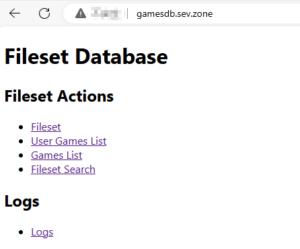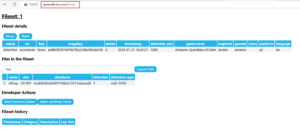In addition to continuing to finish some unfinished features, my work this week mainly focused on the final scenario, which involves users uploading local game checksums, meaning we need to deal with network interactions.
Previously, I had been using SSH port forwarding and tunneling requests through SSH to test my Flask application, but I had never actually accessed it through a browser using a domain name. When I was informed that I needed to expose the localhost running on the VM, I initially thought that I could simply start my Flask app with Gunicorn and then access it directly via domain:port. However, I underestimated the situation. The server only had port 80 open for external access, hosting several web pages.
After some investigation, I discovered that the web service was using Apache2 instead of the Nginx I was familiar with or the increasingly popular serverless setup, which made things feel a bit tricky initially. After researching some information and documentation, I decided to use a reverse proxy to mount my Flask application under the corresponding subdomain on the server. (Unlike PHP, Flask does not process requests based on files, so special configuration is required.)
However, after discussions, I chose a different approach: using mod_wsgi, as it is more compatible with the existing Apache than Gunicorn. After quickly reading through the official documentation and modifying the Apache configuration file, I successfully replaced the original PHP web pages.

